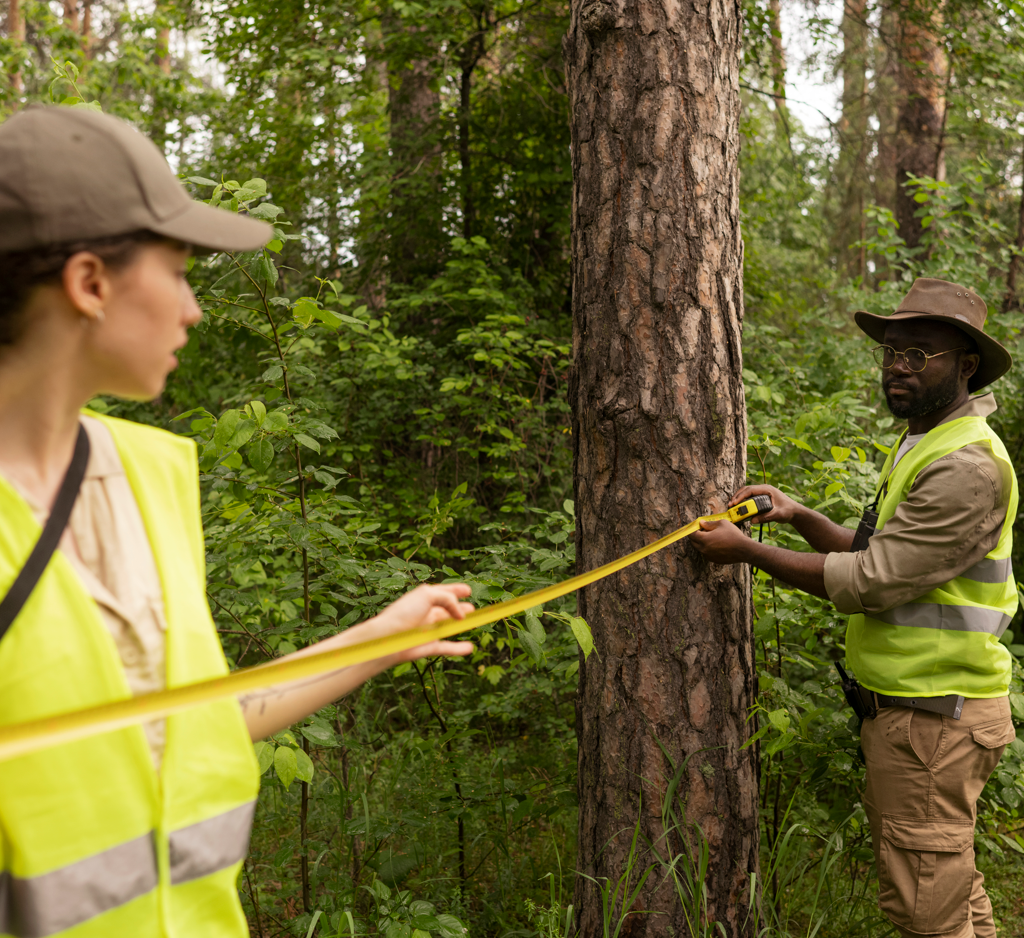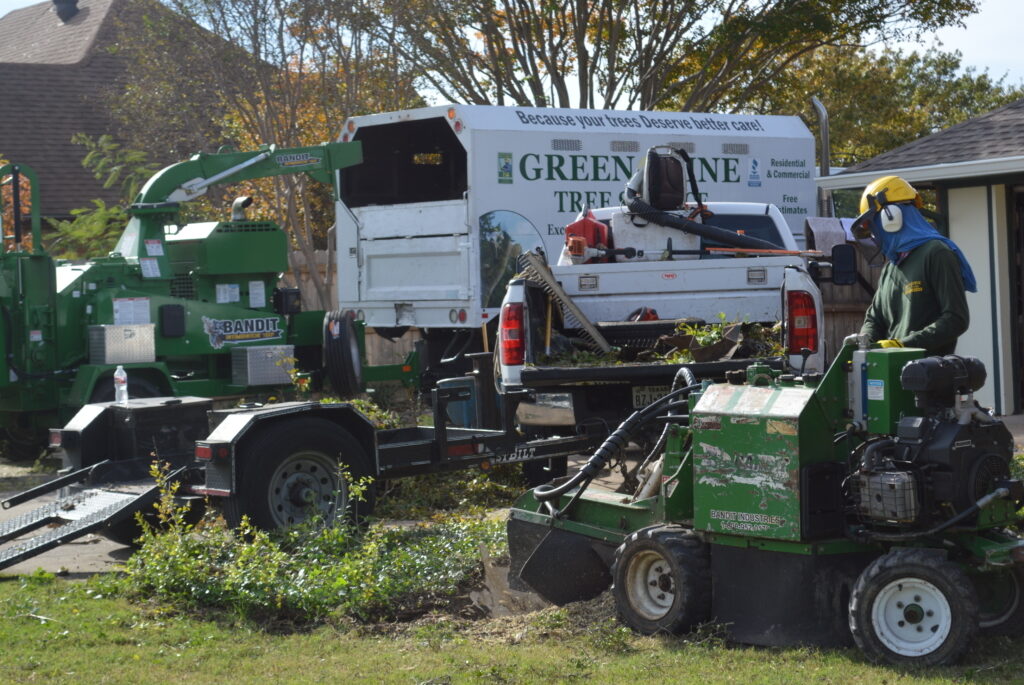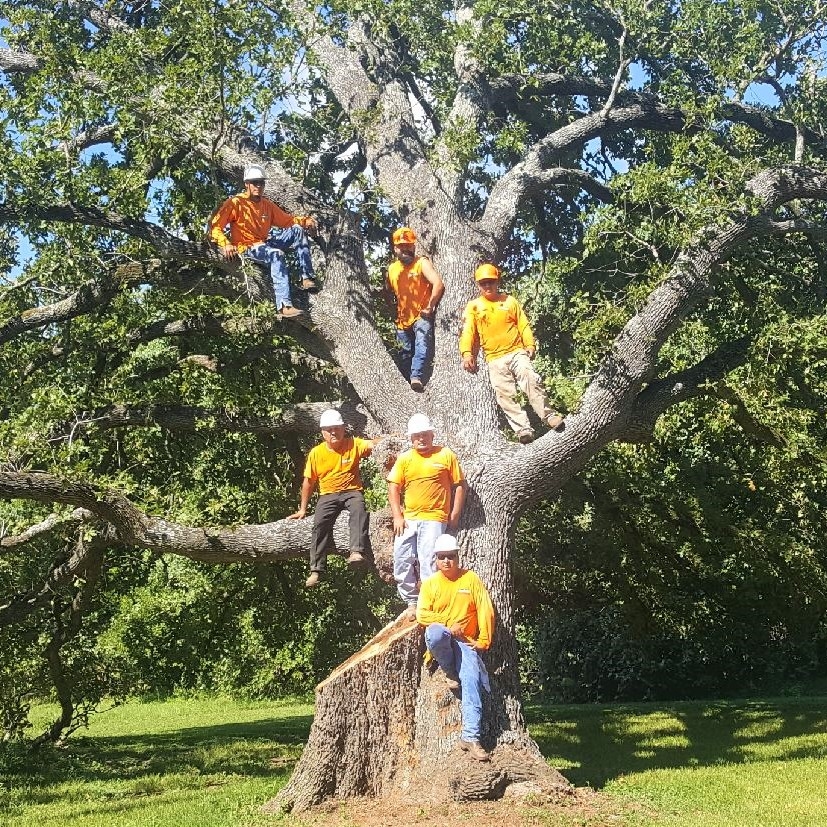Tree Safety Inspection
Introduction to Tree Safety Inspection
What is Tree Safety Inspection?
Tree safety inspection involves assessing a tree’s health, stability, and risk potential to ensure it does not pose a threat to people or property.
Why is Tree Safety Important?
Unsafe trees can cause significant damage during storms, with falling branches or entire tree collapses leading to injuries, lawsuits, and property loss. Preventative inspections save time, money, and lives.
Risks Associated with Unsafe Trees
Weak trunks, dead branches, and diseases can make trees hazardous. Regular inspections help prevent accidents, ensuring the tree remains a safe and aesthetic feature on your property.
The Basics of Tree Health
Recognizing a Healthy Tree
Healthy trees typically have:
A full, vibrant canopy.
Strong, evenly distributed branches.
Solid, uncracked bark.
No visible signs of pests or fungi.
Common Signs of Tree Decay
Signs of decay include:
Discolored leaves or bare branches.
Fungi or mushroom growth near the base.
Cavities or hollows in the trunk.
Unusual leaning or shifting.
Core Components of a Tree Safety Inspection
Visual Assessment Techniques
Start by examining the tree’s canopy, trunk, and roots. Look for:
Dead branches (“widow makers”).
Broken or split branches.
Cracks in the trunk.
Rot or insect infestation.
Structural Integrity and Stability Tests
Leaning trees may indicate root failure. Test stability by gently pushing the trunk or using tools like resistographs to assess internal decay.

Root System and Soil Health
Check for:
Exposed or damaged roots.
Soil erosion around the base.
Signs of root rot or girdling roots (roots encircling the trunk).
Common Issues Identified During Tree Inspections
Deadwood and Broken Branches
Dead branches are brittle and prone to falling. These should be pruned immediately to prevent accidents.
Fungal Growth and Decay
Fungal growth often signals internal rot. Mushrooms at the tree’s base or fungal brackets on the trunk are major red flags.
Pests and Diseases
Boring insects, aphids, and other pests can weaken trees over time. Look for holes, sawdust, or sticky residue on leaves.
Tools Used in Tree Safety Inspection
Essential Tools for Homeowners
Binoculars for canopy inspection.
Flashlight to check cavities.
Measuring tape for trunk and root system analysis.
Advanced Tools for Professionals
Sonic tomography for detecting internal decay.
Resistographs to test wood density.
Drones for aerial assessments.
Benefits of Hiring Professionals
Certified Arborists vs. Landscapers
While landscapers focus on aesthetics, certified arborists specialize in tree health and safety. Choose the latter for in-depth evaluations.
How to Choose a Qualified Tree Specialist
Look for credentials like ISA certification, customer reviews, and experience with similar inspections.
DIY Tree Inspection Guide
Preparing for Your Inspection
Wear safety gear and ensure proper tools are at hand. Avoid inspections during high winds or storms.
Step-by-Step Process
• Examine the base for cracks or fungi.
• Check the trunk for splits or cavities.
• Look at the branches for deadwood or unusual growth.
• Assess the canopy for balance and density.
• When to Call in the Experts
• If you notice significant decay, leaning, or signs of pests, it’s time to bring in a professional.
Seasonal Factors to Consider
Winter Tree Inspections
Cold weather can cause frost cracks in trunks. Inspect trees for damage caused by freezing and thawing cycles.
Summer Stress Checks
Heat stress can lead to wilting leaves or branch dieback. Monitor water levels and inspect for signs of drought stress.
Post-Storm Evaluations
Inspect trees immediately after storms for broken branches or uprooted roots.

Legal and Financial Considerations
Liability for Tree-Related Accidents
As a property owner, you are responsible for damages caused by unsafe trees. Regular inspections reduce liability risks.
Insurance and Tree Safety
Some insurance policies require proof of tree maintenance. Keep inspection records for claims or audits.
Long-Term Tree Safety Management
Regular Inspection Schedules
Conduct annual inspections or more frequently in storm-prone areas. Early detection prevents costly damage.
Proactive Tree Maintenance
Prune regularly, fertilize appropriately, and address small issues before they escalate.
The Future of Tree Inspections
Technological Advancements in Tree Safety
Innovations like drones and AI-based diagnostic tools are revolutionizing tree safety practices, offering more precise evaluations.
Climate Change and Its Impact on Trees
Changing weather patterns are affecting tree health worldwide. Adapting inspection techniques to new challenges is vital.
Conclusion
Tree safety inspection are an essential aspect of property management, combining aesthetic upkeep with safety. Whether you’re a homeowner or a professional, regular checks ensure the trees around you remain both beautiful and safe.


